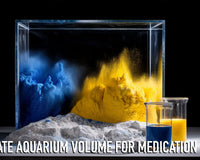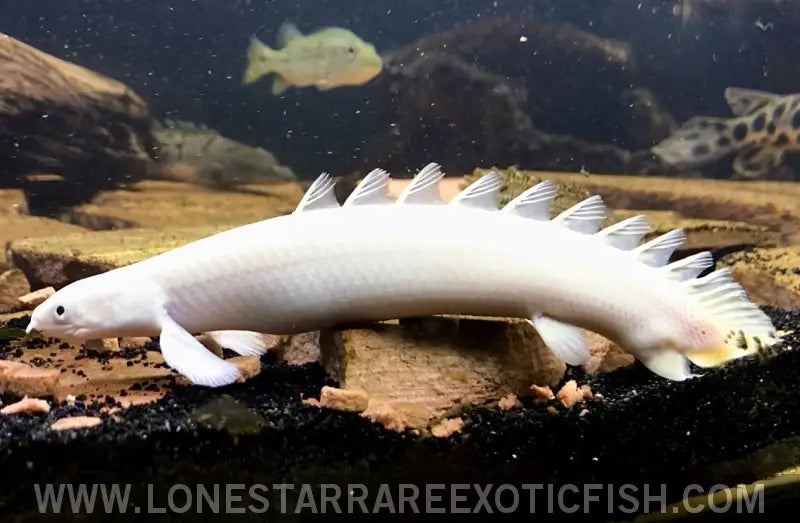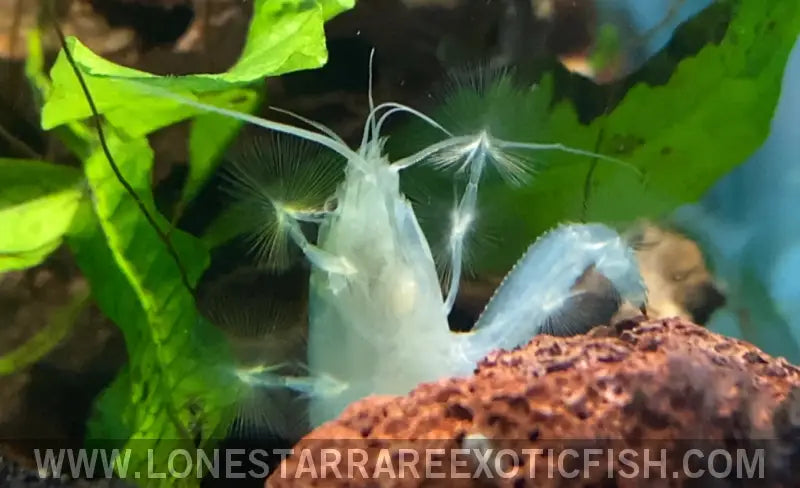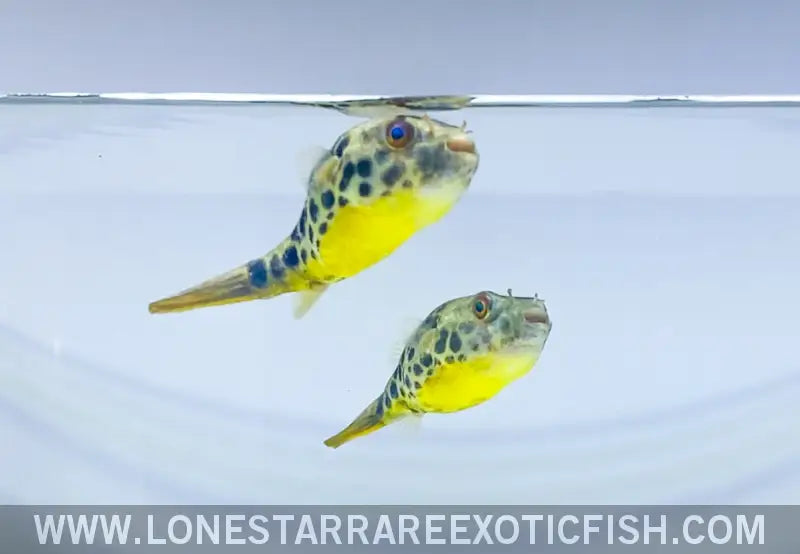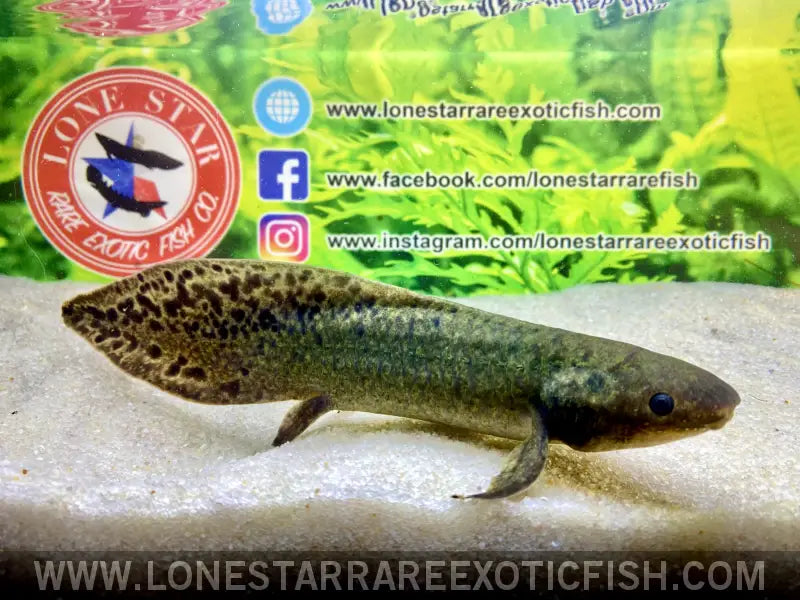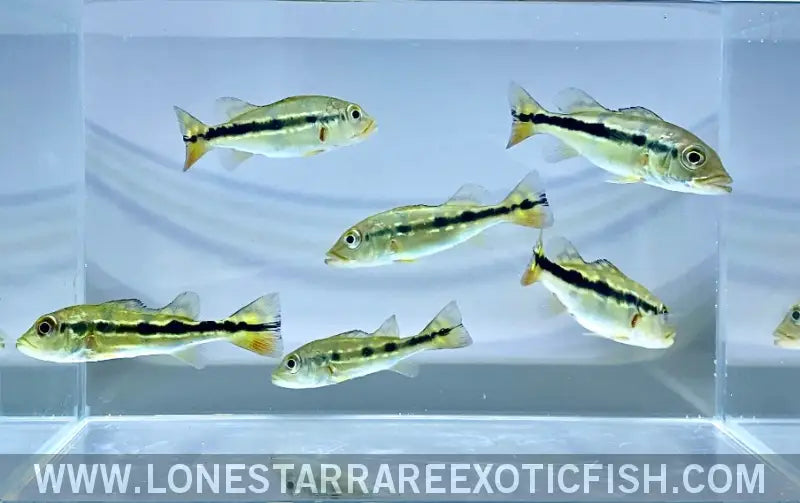For many, the allure of an aquarium lies in the vibrant display of fish and plants, a tableau of life and color. Yet, beneath this visible spectacle lies an unseen world, teeming with microorganisms that are pivotal to the health and balance of the aquatic ecosystem. Among these microscopic entities, beneficial bacteria play a starring role. In this article, we delve deep into understanding these bacterial allies, their functions, and how to ensure they flourish.
The Nitrification Process: Nature's Own Waste Management
Central to understanding beneficial bacteria is the concept of the nitrogen cycle, a natural process that converts harmful waste products into less harmful substances. Here's a step-by-step breakdown:
- Ammonia Production: Everything begins with waste. Fish, through their gills and excretions, produce ammonia—a compound highly toxic even in small concentrations.
- Nitrosomonas: Specializing in the conversion of ammonia, this bacteria genus transforms it into nitrite. While nitrite is less toxic than ammonia, it's still harmful to fish.
- Nitrobacter and Nitrospira: These bacteria collaborate to oxidize nitrite into nitrate, a substance that, while not entirely benign, is far less toxic and is readily absorbed by plants as a nutrient.
Diving Deeper into Beneficial Bacteria
- Autotrophic Bacteria: Their name originates from their ability to extract energy from inorganic compounds. The bacteria involved in the nitrification process—Nitrosomonas, Nitrobacter, and Nitrospira—are all autotrophic. They anchor the nitrogen cycle in aquariums.
- Heterotrophic Bacteria: These bacteria feed on organic waste, breaking it down into simpler substances. Their role might not be direct in the nitrogen cycle, but their contribution to reducing organic sludge and improving water clarity is paramount.
The Multifaceted Benefits of Beneficial Bacteria
- Toxin Management: Their primary role is to sequentially convert ammonia, nitrite, and then to nitrate, dramatically reducing the toxicity level of the water.
- Water Quality: Decomposing organic waste, these bacteria help prevent water murkiness, promoting crystal-clear water.
- Algae Control: By competing for nutrients, they can keep excessive algal growth at bay, preserving the aesthetics of your aquarium.
Fostering a Robust Bacterial Ecosystem
- Cycling Your Tank: 'Cycling' refers to cultivating a bacterial colony before introducing fish. By adding ammonia sources (like fish food or pure ammonia) to a new tank, you're setting the stage for bacterial growth and the initiation of the nitrogen cycle.
- Balancing Cleanliness: It's a delicate act. Overcleaning can strip the tank of its vital bacteria, while neglect can lead to waste buildup. The key is moderate, regular maintenance, such as periodic water changes and gentle substrate cleaning.
- Effective Filtration: The choice of filter matters. Opt for filters that offer ample surface area, like sponge or ceramic filters, where bacteria can colonize.
- Medications with Caution: Antibacterial medications can indiscriminately kill bacteria, including the beneficial ones. Always ensure you understand the impact of any treatment on your bacterial community.
The Role of Commercial Bacterial Supplements
Available in liquid or powder form, these products contain live cultures of beneficial bacteria. They're particularly useful for:
- New Aquariums: Speed up the cycling process and establish a healthy bacterial base.
- Recovery: After using medications or after substantial water changes, these supplements can help restore the bacterial balance.
- Stressful Events: Introducing new fish, changes in water parameters, or any event that might stress the existing bacterial community can be counteracted using these supplements.
Conclusion
In the vast, intricate realm of the aquarium, the beneficial bacteria, though invisible, exert a profound influence. Their tireless work ensures the water remains hospitable, the fish remain healthy, and the overall ecosystem stays balanced. By understanding and valuing these microscopic custodians, aquarists can elevate their aquarium-keeping journey, ensuring their aquatic haven remains a spectacle of vitality and harmony.


